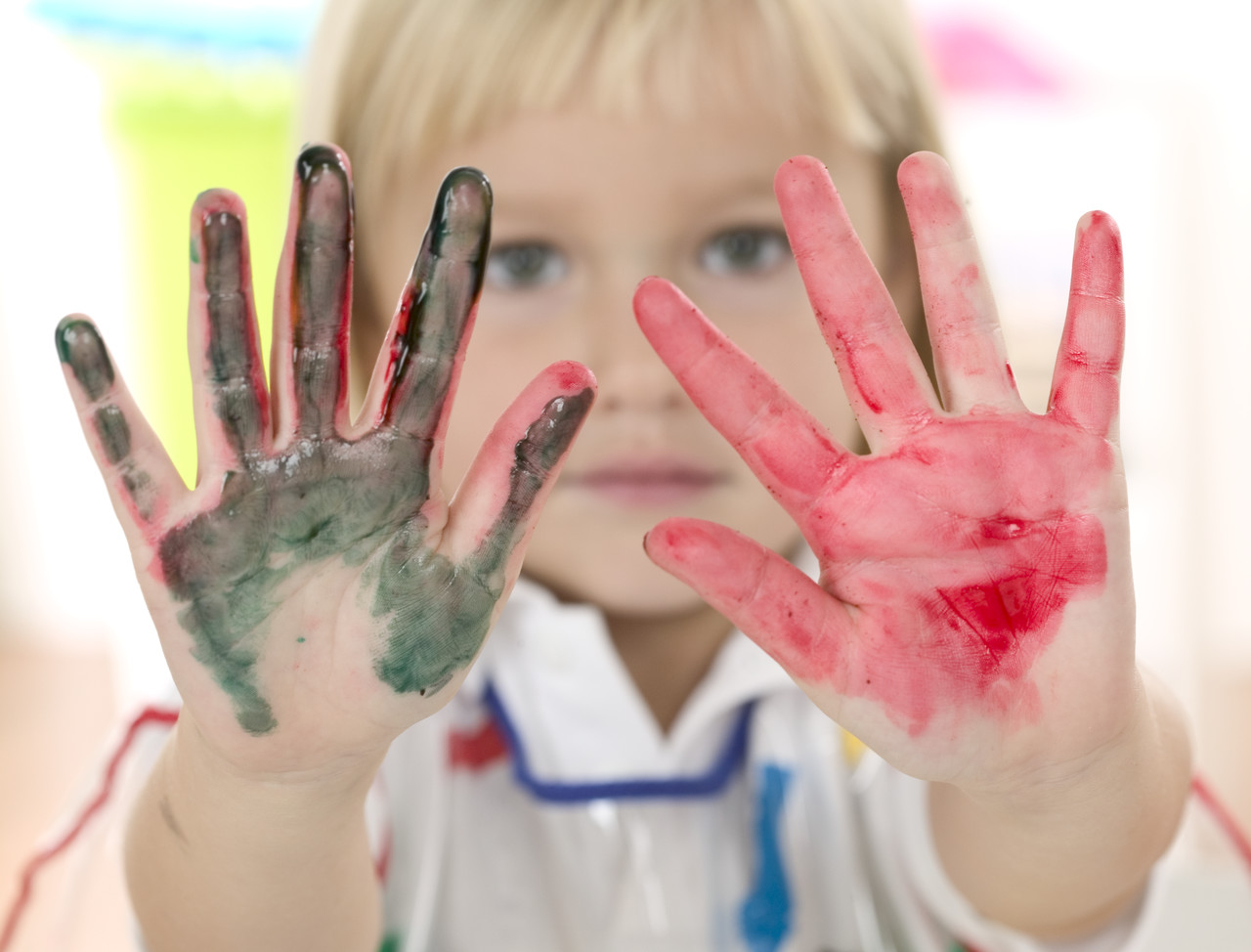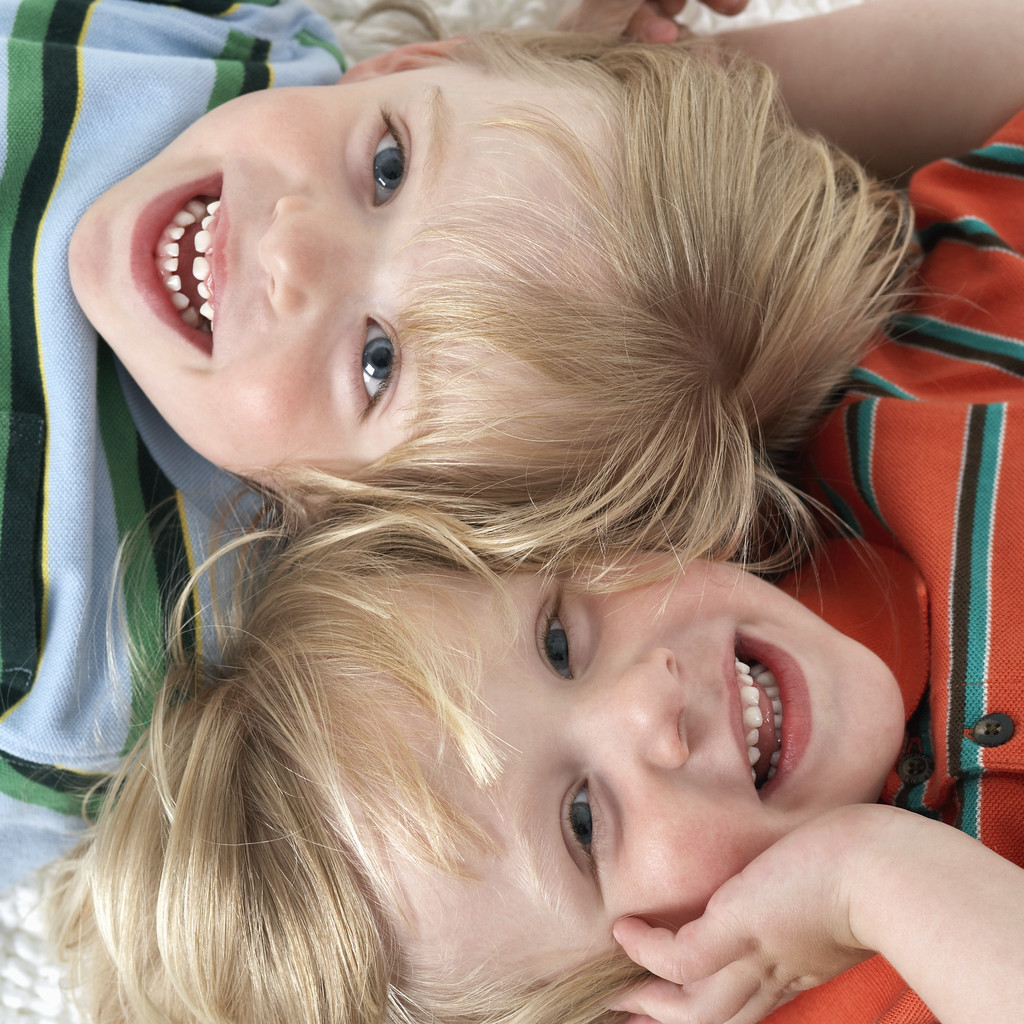Every now and then you find a child who worries about what could happen. She may worry about tornadoes, germs, and things in the night. Some children will voice these worries, while others do not speak of them. I'm not talking about those children who are living in dangerous situations or who have immediate concerns such as death of a parent. That is a topic much too difficult for me to address. But for those children who do have concerns that are serious to them, but not necessarily an immediate risk, there is much teachers and parents can do to help alleviate those concerns.
Adults need to acknowledge the child's concerns. Take time to reassure the child that you will help them and comfort them. If possible, help them do something about the concern. If they are concerned about weather emergencies, teach them what to do in case of an emergency. Sometimes worries come from children hearing the news on television or during adult conversations. Parents need to be aware of what kinds of adult information children are hearing and try to limit exposure.
Here are a few book related ideas to help children feel less anxious:
Felix the Worrier (2003) by Rosemary Wells and
Wemberly Worried by Kevin Henkes are good books to get the children talking about the things that worry them. After reading these, make a class Worry Book. Children can draw about things that worry them. The teacher may start a discussion on worry by talking about her own worries. She may worry children will be get hurt if they are engaging in unsafe behaviors or whatever the current social emotional issue is at the time. Children can then help figure out things the class can do, about this concern. Teachers could do this with their children's worries. You may want to incorporate this as part of class meetings, asking children if there is anything worrying them and then working on that issue. My one caution is that you may have a few children who start to worry about things, that had never occurred to them before, so tread carefully.
If these books are read at the end of the year, they can be used to discuss worries about going to a new school. Teachers could ask the class to contribute to a book designed to help new children not be so worried about coming to preschool the next year. Another twist would be to ask children to talk about things they used to worry about, but has been resolved. So often when you help others conquer their fears, you can ease some of your own.
Silly Billy by Anthony Browne
Billy’s worries keep him up at night until his grandma gives him some worry dolls. A great story with a multi-cultural touch. This is one book I will definitely use in my classroom. It accepts the fact that children do worry about things and gives them a safe way to handle it. I like how the illustrations show Billy’s feelings.- wish he was just a little tougher looking, but both boys and girls will relate to Billy. After discussing things children worry about, give the children a chance to make their own worry dolls or if you have the time make or have a parent make dolls for the children. The children can whisper their worries to the dolls. Dolls can be made from the old fashion straight clothes pins, permanent marker, and a little yarn.
Parents could use this idea at home or they could make a worry box. Write down the child's worries, discuss what to do about the worry, and put note in a specially decorated box. This way you are acknowledging your child's concerns. It may not solve the problem, but it does show your child that you are taking time to hear their worries.
Since I started out talking about Kevin Henkes, I should mention his book,
A Good Day. In this book, some unfortunate events happen to the animals at the start of the story, but by the end of the book, the bad day has turned into a good day. I think many children need to hear this theme over and over to help them gain a more positive outlook and to feel a sense of hope that things will get better. I wish I had this book when my grandson was pouting to me this summer that this bad thing or that was going to happen. He needed to hear that one disappointment didn’t necessarily mean the whole day would go wrong. If you have this book handy, you could pull it out whenever there is a class disappointment such as rain on a picnic day and then discuss ways to turn that event into something positive. If you want a humorous book along the same theme, you might want to try
That’s Good! That’s Bad! By Margery Cuyler.
Share your ideas about how help children handle their worries.


